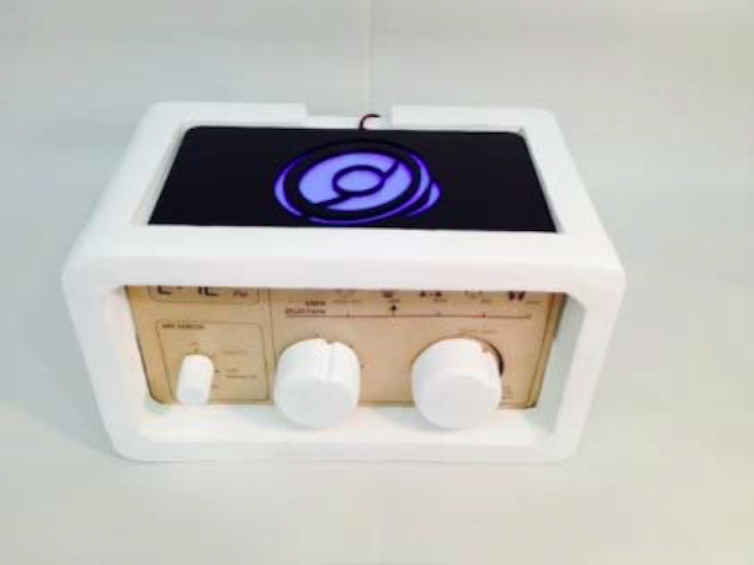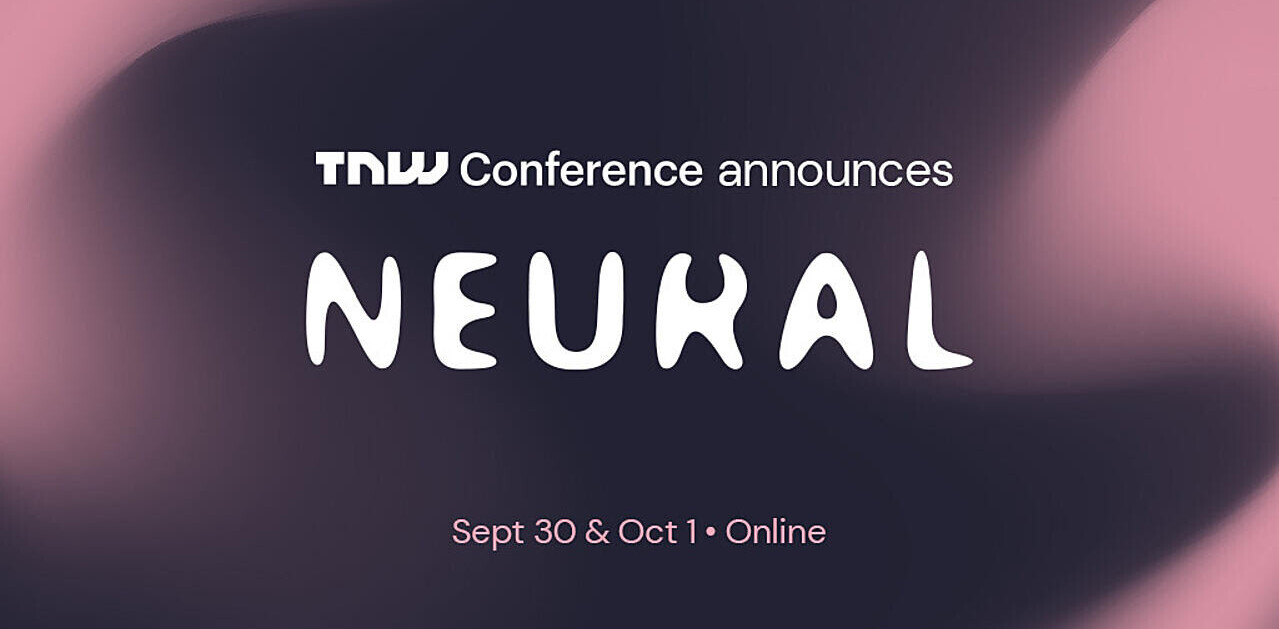Only 20 percent of over-75s in the UK have a smartphone compared to 95 percent of 16-to-24-year-olds. Digital technologies change fast, become obsolete quickly and usually need you to spend a bit of time learning how to use them.
This helps explain why most older adults tend to use what they know best when it comes to communicating, which usually means a phone call via a landline or basic mobile, instead of a quick text or social media update.
But it doesn’t have to be this way. My colleague Massimo Micocci and I have recently designed a more modern device we hope will help older people stay in more frequent touch with instant updates, but that has a familiar feel to it. By drawing on smart materials and what we call “design metaphors”, we hope to make new technology more accessible.
When older people don’t have access to instant messaging, a phone call or a visit may be the only way for friends and family to check their loved ones are well. And doing so more than (or even) once a day might not be feasible or wanted.
Similarly, older people might feel that ringing their relatives morning and night just to let them know they’re OK would be an inconvenience. And while you can buy specialized monitoring devices that record people’s movements around their home, these often feel like an invasion of privacy.
With this in mind, we developed something that lets older people broadcast their status to their families like a social media update. Our device (which is designed for research purposes rather than commercial development) looks like an analogue radio. But it lets users transmit information about their activity captured from a wearable heartbeat sensor in a way that is entertaining and intuitive, and only shared with selected group of followers.
The information includes how energetic their current activity is, for example whether they are conducting an active task such as gardening, or a relaxing and restful one such as reading a book.
By designing the device to evoke technology with which people will feel instantly familiar, we’re using the principle of design metaphor. Most people find it easier to interact with devices that resemble products they have already used.
In cognitive psychology, this is known as inferential learning, referring to when someone applies established knowledge in their brain to a new context. The design of our “radio” device makes it easier for users to work out how to use it, based on their previous interactions with traditional radios – even though it has a very different function.
Giving users control
There are plenty of systems that enable people to monitor older family members. But usually these are fully passive, where the older adults are observed directly through cameras and sensors around their homes. Or they are fully active, for example mobile phones that require the older adults to stop what they’re doing and respond right away.
Instead, our device lets people choose the level of communication they want. It runs in the background and doesn’t transmit detailed information such as images of people in their homes. This makes it a much less intrusive way of letting someone know you’re OK.
We also wanted to make the device very easy to understand, interpret and remember. So rather than having an information screen that showed text or images, we wanted to create a display that used so-called smart materials to convey what the user was doing.
In this context, smart materials are those that can change color, shape, viscosity or how much light they emit. Our research showed that light-emitting materials were the best way of conveying messages without words for both under and over-60s.
The “radio” is just a research prototype but it has allowed us to understand that the combination of innovative materials and familiar artefacts can be a successful way to encourage aging users to adopt new technologies. In this way, smart materials and design metaphors could help bridge the digital gap and promote innovation among older consumers.![]()
This article is republished from The Conversation by Gabriella Spinelli, Reader in Design Innovation, Brunel University London under a Creative Commons license. Read the original article.
TNW Conference 2019 is coming! Check out our glorious new location, an inspiring lineup of speakers and activities, and how to be a part of this annual tech bonanza by clicking here.
Get the TNW newsletter
Get the most important tech news in your inbox each week.






